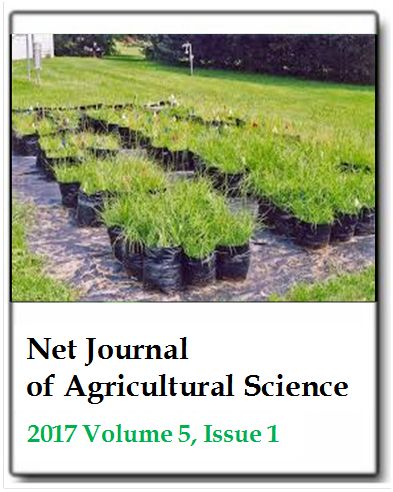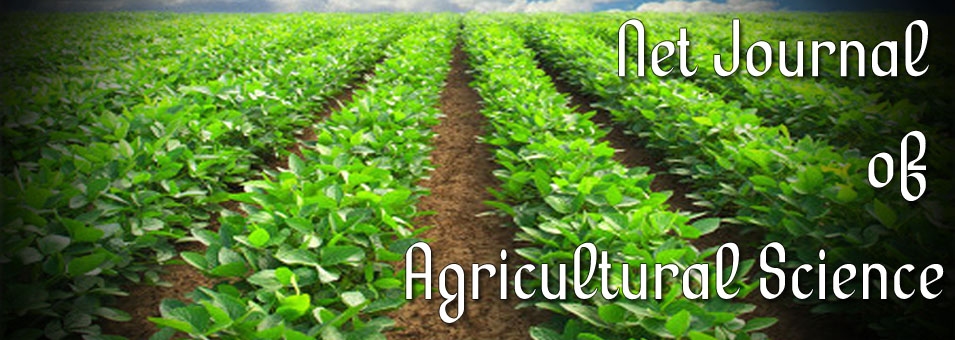Identification of impacts, some biology of water hyacinth (Eichhornia crassipes) and its management options in Lake Tana, Ethiopia
Dereje Tewabe, Erkie Asmare, Wondie Zelalem and Brehan MohamedNet Journal of Agricultural Science
Published: February 20 2017
Volume 5, Issue 1
Pages 8-15
Abstract
The study was conducted from July, 2013 to July, 2015 in the North-Eastern part of lake Tana. Six sites were selected from Fogera, Libokemkem and Dembia districts based on water hyacinth infestation and free area. Plant sample was collected from infested areas using quadrant and different parameters were recorded using sensitive balance and tape meter. The physical parameters were measured in situ using YSI 556 multi-probe system, while the chemical parameters were carried out using a portable water analysis kit. Zooplankton and phytoplankton samples were collected by 80 and 50 µm mesh net filtering device. Moreover, structured questionnaire, focuses group discussion, key informant interview has been used to collect some quantitative and qualitative data. 104 plants/m2 and 8.216 ± 0.45 kg fresh weight/m2 which equals 82,160 kg/ha or 82.16 tones/ha fresh weight can be harvested during the dry season of a year. But 583 plants/m2 which equals 270,000 kg/ha = 270 tones/ha fresh weight can be harvested during the wet season of a year. The present assessment also noted that no major management strategy had been employed in the infested water body areas, despite many efforts had been applied by the community and the government. Water hyacinth poses serious problems on the community living around Lake Tana by affecting fishing process, farmland, livestock and the environment of in a variety of ways.
Keywords: Control strategies, infested area, fishing, native species, nutrient load.
Full Text PDF
ISSN: 2315-9766
